The art of Pashmina is prized and treasured all over the world. There are hundreds of reasons for the popularity of this art. From being rare to extremely labour intensive, Pashmina shawls, wraps, or outfits have reserved a special place in the hearts of art patrons that no other accessory has done till today. It is because of this keen eye and admiration of art lovers which took Pashmina products to the level that they enjoyed once.
To understand the popularity of Pashmina even better, and the many good reasons for that, we have to know what Pashmina is
What is Pashmina?
The art of handcrafting luxury products (wearables and accessories) out of fine Cashmere wool is called Pashmina. The art surfaced in the 15th century when Cashmere was discovered and processed. The very first product made from Cashmere was a pair of socks that were worn by the then king of Kashmir. It was his decision and order to set up processing units for Cashmere products where Ladakhi Cashmere would be processed to produce shawls, scarves, wraps, sweaters, blankets, and furnishing accessories. The most famous and revered product of Pashmina art was the Pashmina shawls. Pashmina shawls have been worn since then by commoners as well as kings, queens, and royals from noble courts
What is a Pashmina shawl?
Since the ban on Shahtoosh, it is the Pashmina shawl that is used synonymously with the Kashmiri shawl.
Pashmina Shawl is made out of specialty wool which is an undercoat of the Changthangi goat of Ladakh. The goat grows this wool in order to protect itself from freezing temperatures in Ladakh which can dip as low as -50 degrees in winters. And since this wool is exceptionally soft, warm, and cozy, the goat spends the winter season comfortably
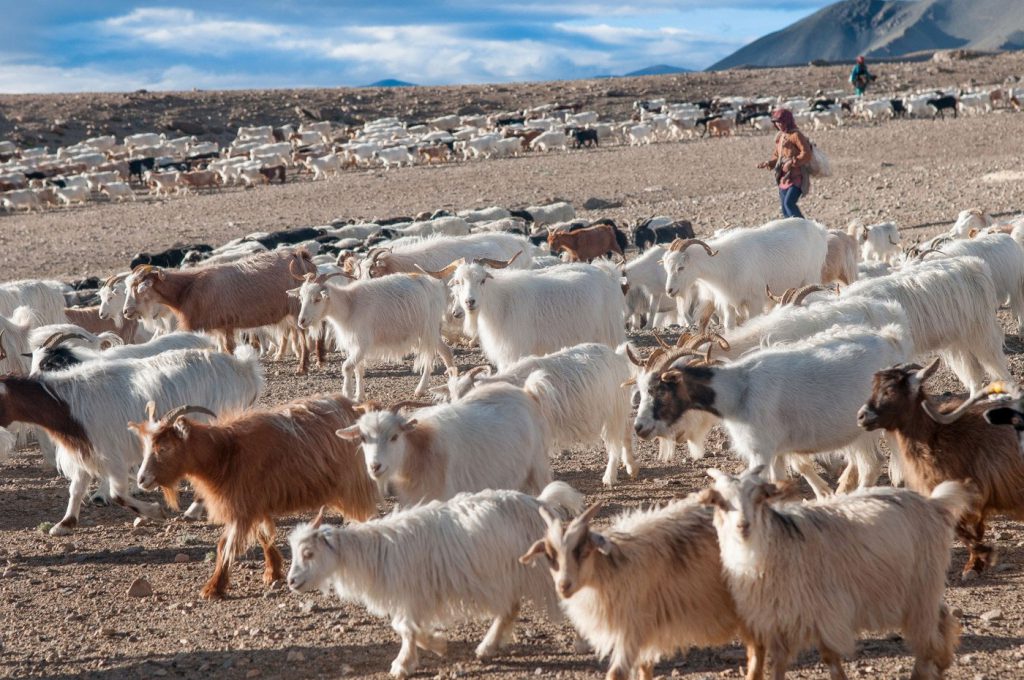
As soon as summer arrives, the goat becomes uncomfortably hot and rubs its body on rough surfaces found in its surroundings. Its herders collect this wool and gently comb the rest of it from the goat's body. This wool is Cashmere. Cashmere is processed in Kashmir which results in the making of Kashmiri shawls.
History of Pashmina Shawls
Pashmina shawls were discovered in Kashmir by a Sufi saint who visited the valley in the 15th century. It is he who introduced the Cashmere wool to the then ruler of Kashmir, who in turn set up factories for the manufacturing of Kashmiri shawls. Soon Pashmina shawls began to be exported to places and the entire world got swooned by its beauty and warmth.
What made Pashmina Shawls popular?
As soon as Pashmina shawls were discovered, the news of their exquisiteness spread. Kashmir was under Mughal rule at that time and hence the shawls got popular all over India immediately. The reasons behind this royal patronage lay in the making of these shawls. Pashmina shawls are exquisitely handcrafted and are one of the most intricate forms of art.
The making of Kashmiri Shawls
Ladakhi goats are rare. These are found in the Changthang region, which lies over 15000 feet above sea level. It is the downy undercoat of these goats which is used to make Pashmina shawls. The raw wool is sent to Kashmir and starts being processed.
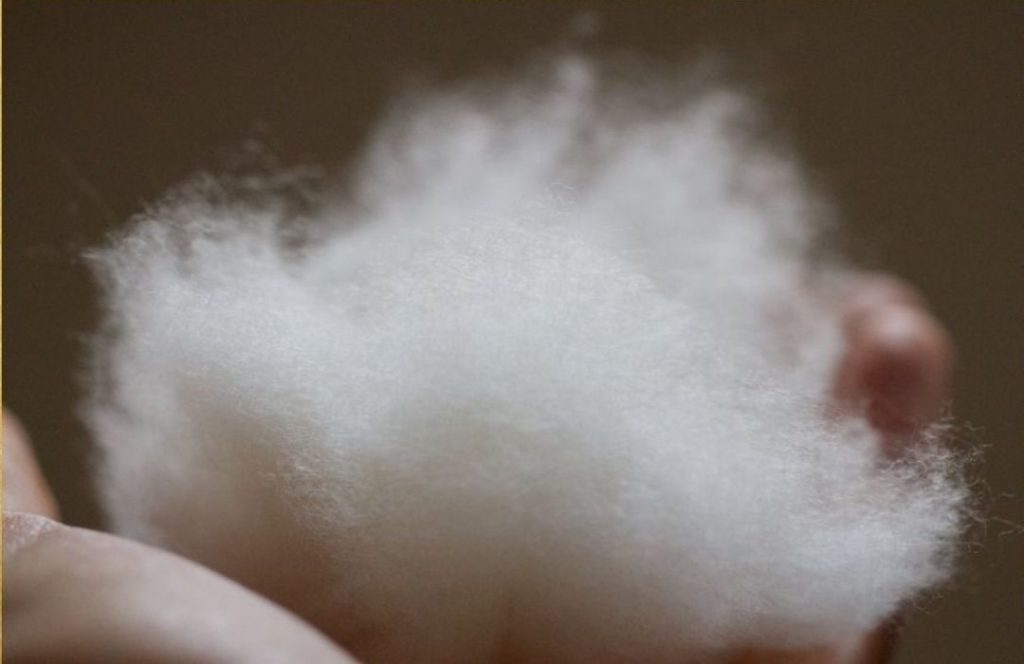
- The first step involves its cleaning which takes around a week. As the fibre is extremely thin, removing foreign material from it is cumbersome and time-consuming.
- Clean and pure wool is mounted onto a wooden wheel (locally called yinder) where it gets spun into yarn. It is again exceptionally meticulous to spin Cashmere, as the fibre is 12-16 microns in diameter. Womenfolk carry this process out for 8-10 hours together.
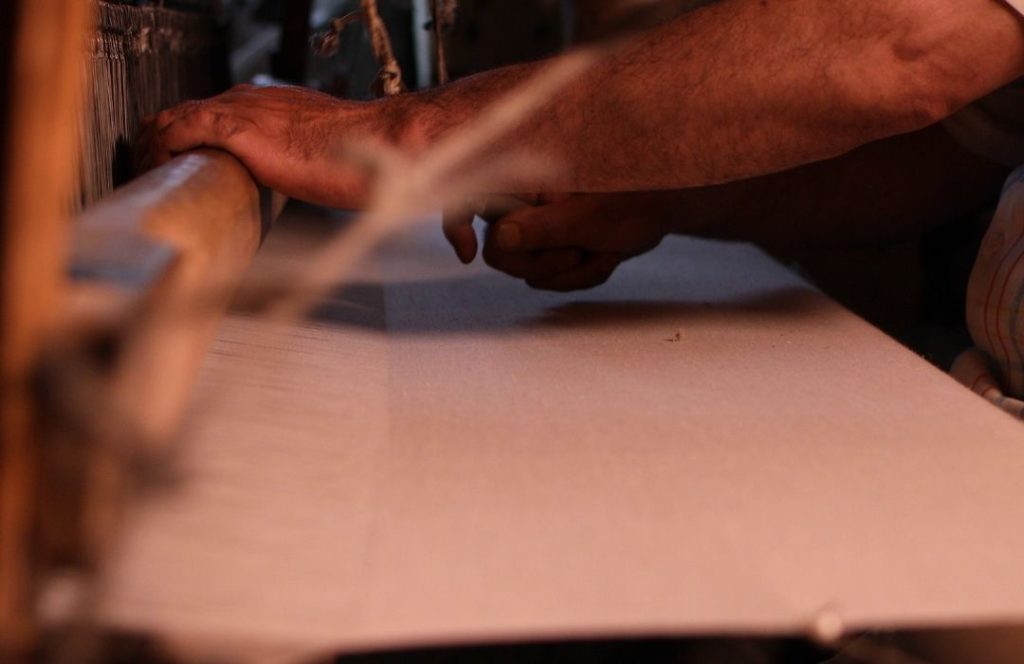
- This fine yarn is mounted on a handloom which is mostly manual to work over. This also takes 4-5 days and hence a plain shawl is produced. Weavers too sit for 8-10 hours a day weaving the shawl. It takes masterly skill to weave Cashmere, as one cut in the fibre means replacing it completely.
- If the need arises for embroidery, a Pashmina shawl is hand embroidered. Sometimes embroidery takes 4-5 years to complete. The motifs of these embroidery types are labyrinthine and exceptionally beautiful.
- It should be noted that it takes the wool of 3 Ladakhi goats to make one full shawl that is so smooth and soft that it passes through a finger ring.
Why do people wear Pashmina?
From the many reasons why people wear Pashmina shawls or scarves, we have picked the most obvious six. Here are six famous reasons to wear Pashmina,
Pashmina is rare
Apart from the Himalayas, Cashmere wool is hardly found in the world. The goats found in the Himalayas grow Cashmere once a year. Hence this rarity factor makes Pashmina expensive.
The production of Cashmere is less
A goat yields around 150 grams of Cashmere per year. Hence, in order to prepare one Pashmina shawl, wool from 2-3 goats is required. The supply exceeds the demand manifold. This limited supply of Cashmere increases its value even more.
Pashmina shawls are the warmest of all variants
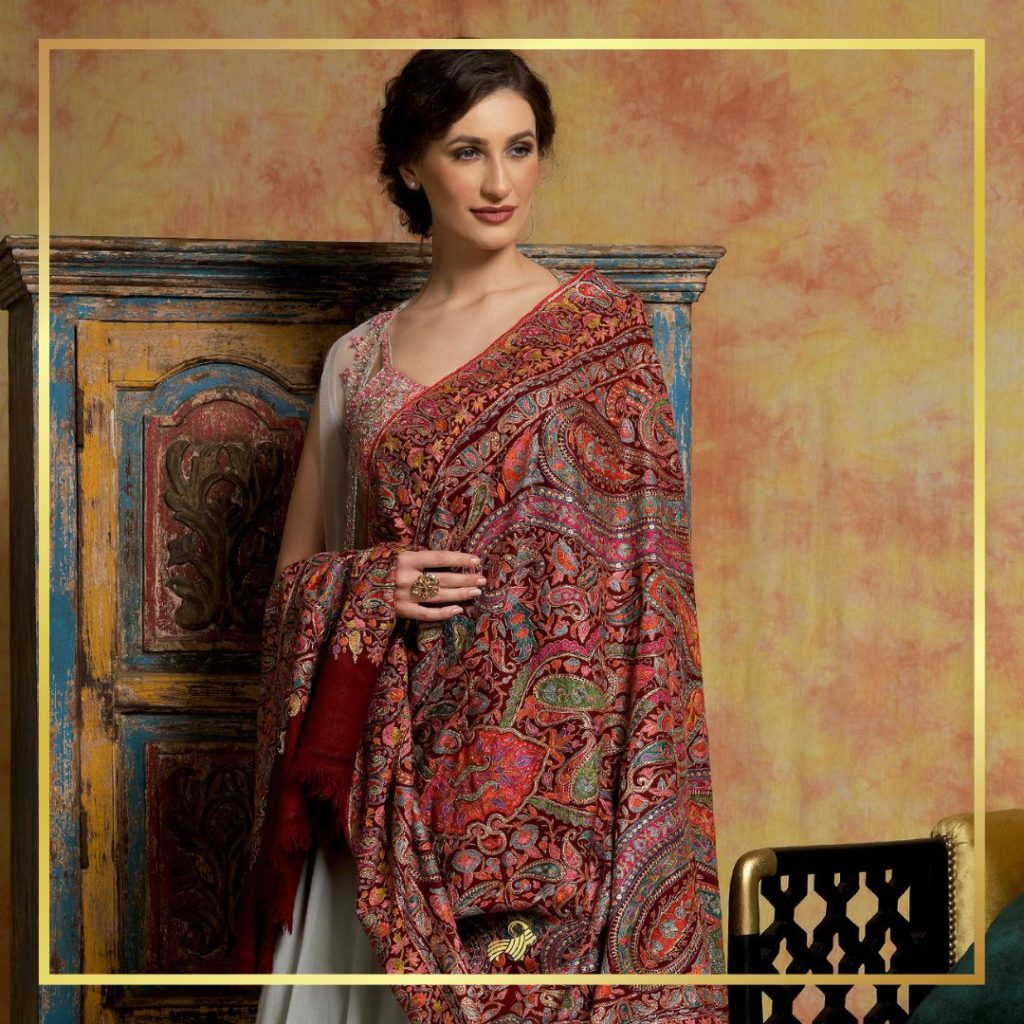
Cashmere is 8 times warmer than sheep wool. This quality makes shawls, even more, in demand, and hence higher in price too.
Cashmere production depends on winter
Cashmere is not available all year round. It is the winter season when the goat grows and Spring when the same is shed naturally. Hence, processing units have to wait for an entire season to get raw wool. This makes it pricey as well as an obsession among the patrons of this art form.
Manual labour
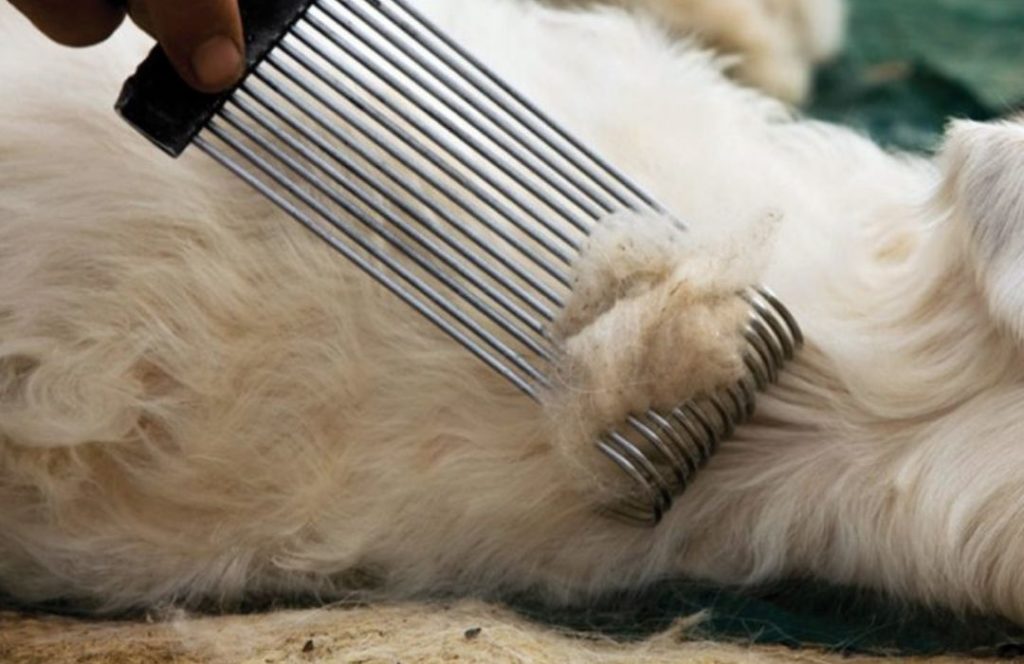
No machine touches the processing of Cashmere from its acquisition to its completion. From combing off the wool from the goat's body to spinning and weaving, every process is carried out manually by the artisans themselves. Handcrafted products have huge demand, especially in this era of responsible shoppers.
Also read: WHICH COUNTRY HAS THE BEST CASHMERE?
Properties of Cashmere wool
Cashmere yarn is just 12-16 microns in diameter. It is feathery light and one large Pashmina shawl is just less than 500 grams. The lightweight makes it ideal for those who wear shawls every day.
Pashmina shawls have been worn by Mughal rulers. These were given as gifts by Mughal rulers to the rulers of other dynasties, and hence they grew as far as Europe, America, Iran, and Asia. The most famous narration about shawls is when Empress Josephine was highly impressed by these shawls and she owned a few hundred of them in her lifetime. How honorable!
Also read: DOES PASHMINA KEEP YOU WARM?